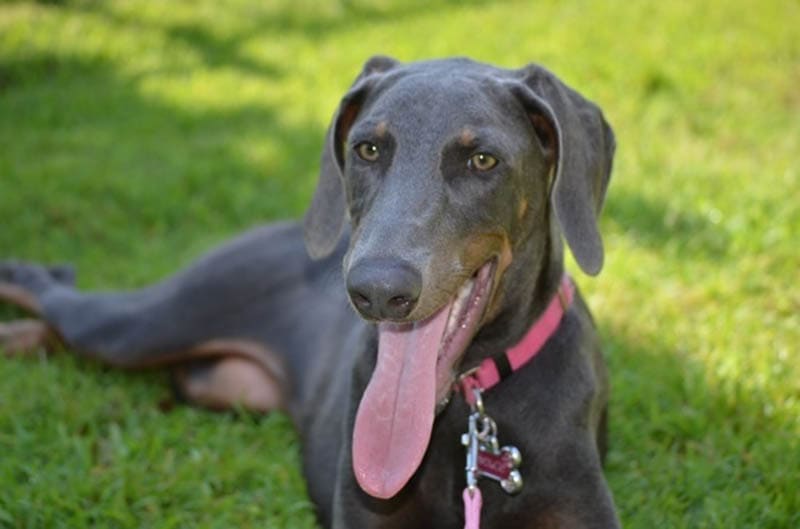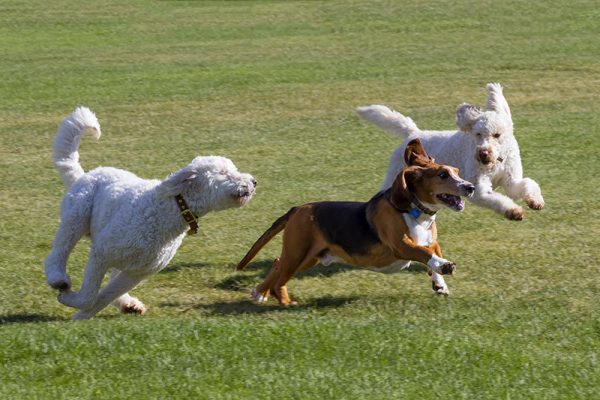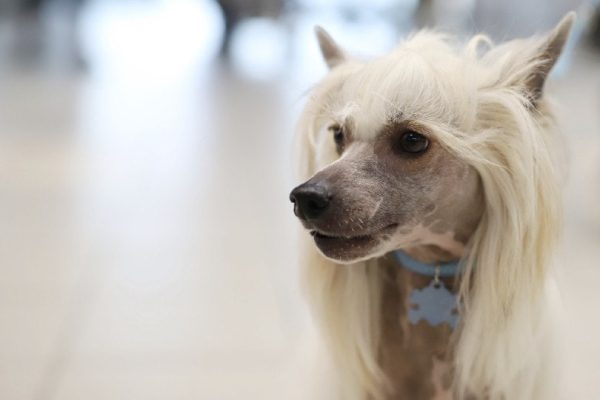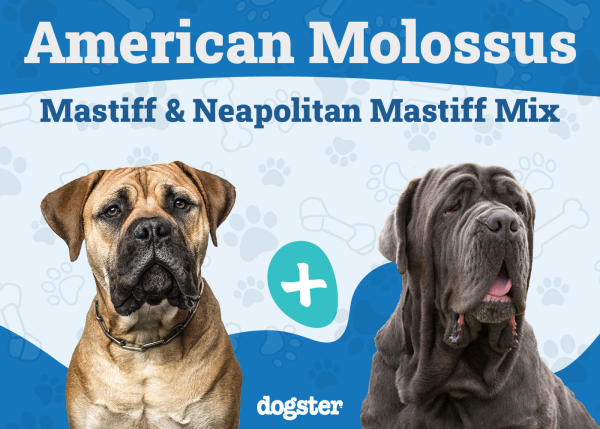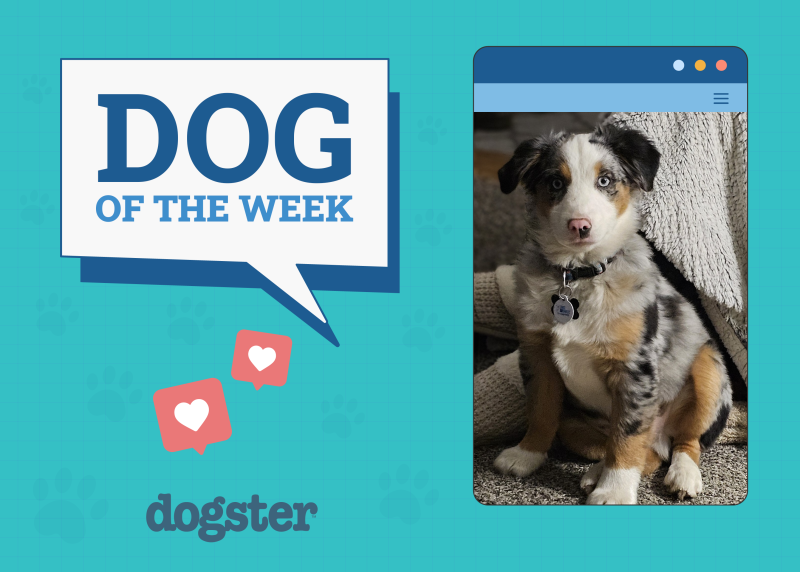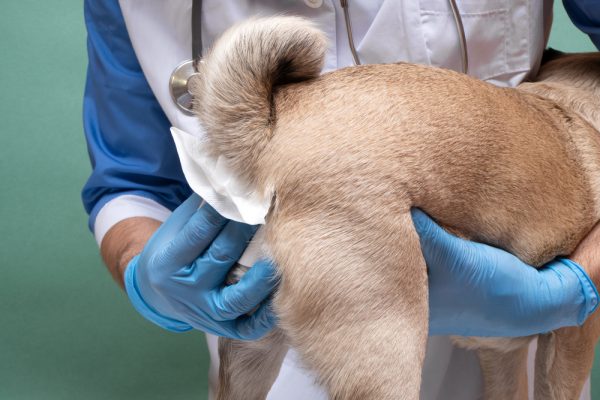The blue Doberman is a medium-sized purebred dog and is a color variation of the purebred Doberman Pinscher. The blue Doberman coat color, with typical rust markings, results from diluting the black color gene. Because the dilution gene prevents full pigmentation, diluted black appears blue or has a gray-silver luster.
Breed Overview
Height:
24 – 28 inches
Weight:
60 – 80 pounds
Lifespan:
10 – 12 years
Colors:
Black, blue, brown, fawn, red
Suitable for:
Active families, those with larger living areas
Temperament:
Loyal, loving, easy to train, territorial
The Doberman was originally bred as a guard dog for a tax collector in the 1880s, and many breeds were crossed to make it the dog it is today.
Blue Doberman Characteristics

The Earliest Records of the Blue Doberman in History
The Doberman Pinscher is a hybrid of several breeds, all of which are thought to have contributed to the modern Doberman over the last 35 years.
Karl Friedrich Louis Dobermann, a tax collector who ran the Apolda dog pound in the 1880s, was the first to breed Dobermans. With access to various breeds, he came up with the idea of creating a breed that would be ideal for protecting him. Otto Goeller, one of the earliest breeders, founded the National Doberman Pinscher Club 5 years after Dobermann’s death and is credited with perfecting the breed and refining it in the 1890s.
It’s unclear which breeds he mixed to create this new breed of dog, but it was probably a mix of Terrier, Rottweiler, Great Dane, English Greyhound, Weimaraner, Manchester Terrier, German Terrier, German Shepherd, and Beauceron.
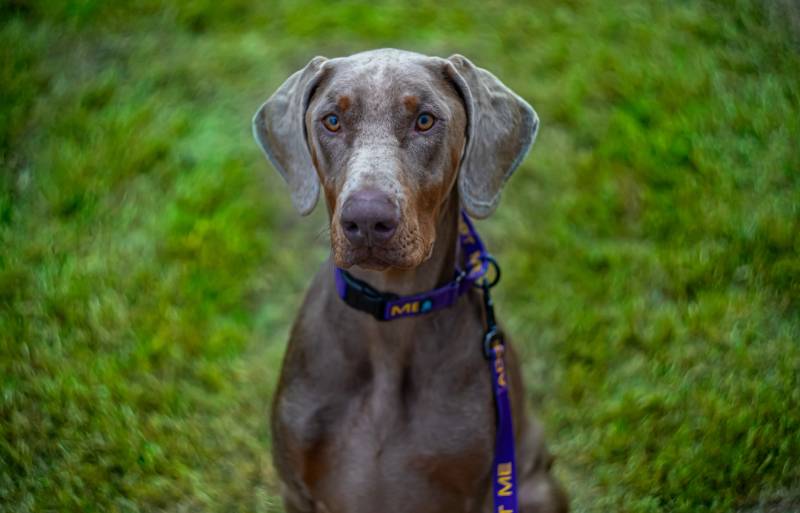
How the Blue Doberman Gained Popularity
Dobermans are the 16th most common dog breed. In a short period, the Doberman became extremely popular. It is a relatively new breed, having been around for less than 150 years, according to the American Kennel Club’s most recent ranking from 2017.
The American Kennel Club recognized the Doberman in 1908, and they have since become one of the most popular dog breeds due to their intelligence and agility. Dobermans gained popularity after winning four Westminster Kennel Club Dog Shows between 1939 and 1989. Even now, the number of Doberman dog registrations is growing.
Formal Recognition of the Blue Doberman
The American Kennel Club registered the Doberman breed in 1908, but it wasn’t until 1922 that there were more than 100 registrations per year.
The Doberman Pinscher Club of America was founded in 1921 by enthusiasts attending the Westminster show who wanted to promote their then-unknown breed. On February 13, 1922, the DPCA adopted the official German standard. The Doberman was recognized by the German Kennel Club in 1899.
The American Kennel Club approved blue as a standard color for the American Doberman. However, it is not a breed standard color for the European Doberman and may result in disqualification in some international dog shows.

Top 5 Unique Facts About the Blue Doberman
1. Dobermans Are the Fifth Smartest Dog Breed
After the Border Collie, Poodle, German Shepherd, and Golden Retriever, Dobermans are the fifth most intelligent dog, according to a study conducted by canine psychologist Stanley Coren. The study was based on the breed’s ability to learn and obey a new command. They can learn five times faster than other breeds and can understand up to 250 words of the human language.
2. Dobermans Were the First Canine War Heroes
The Doberman was the breed of choice for combat. Approximately 75% of the dogs used in combat during WWII were Doberman pinschers, and many of the war dogs were supplied by the Doberman Pinscher Club of America. The dogs used signals to alert soldiers of approaching Japanese soldiers because they were trained not to bark. During the war, no War Dog platoons were ambushed by the Japanese.
3. Their “Blue” Coat Is Due to a Dilution Gene
The blue Doberman coat color is caused by a gene that prevents full pigmentation, resulting in dilution. Dobermans with the dilution gene will appear blue with rust markings rather than black with rust markings.

4. Today Dobermans Are Less Aggressive Than Ever Before
Dobermans have been bred to have calmer temperaments. All dogs must be evaluated individually, but modern Dobermans are generally less aggressive than previous generations.
5. Dobermans Feel the Cold
The single-layer coat of a Doberman is short and has a low tolerance to cold, and their lack of body fat makes them sensitive to frigid weather. Dobermans will appreciate a warm sweater in winter and a couch next to their owner by the fire.

Does the Blue Doberman Make a Good Pet?
Blue Dobermans are people-oriented dogs who are sweet and gentle with their owners. The Doberman can be trusted as a family dog and a guard dog with proper behavioral training, obedience training, and early socialization. They are energetic dogs that require regular exercise to suit a family with an active lifestyle. They get along with children but must be supervised because of their high energy.
Dobermans may be protective of their owner’s homes and property and are popular pets for their guarding abilities. They are highly intelligent and loyal and make excellent breeds for training. Dobermans have a strong prey drive, so they may not be the best pets for families with guinea pigs, rabbits, or cats.
Dobermans have short, smooth coats, do not shed excessively, and have healthy skin requiring little care. They are generally healthy, but like other breeds, they are prone to a few health conditions that every owner should be aware of.

In Conclusion
Doberman Pinschers were developed in Germany in the late 1800s, primarily as guard dogs. Their precise ancestry is unknown, but they are thought to be a cross between several breeds. In a short period, they gained popularity and became one of the most beloved canines in the United States. Dobermans are intelligent military heroes that are not as aggressive as they were once bred to be, making them excellent pets and amazing guard dogs for families.
Featured Image Credit: Doberman blue, purebred (Image Credit: Taryn916, Wikimedia Commons Taryn916, CC BY-SA 3.0)
